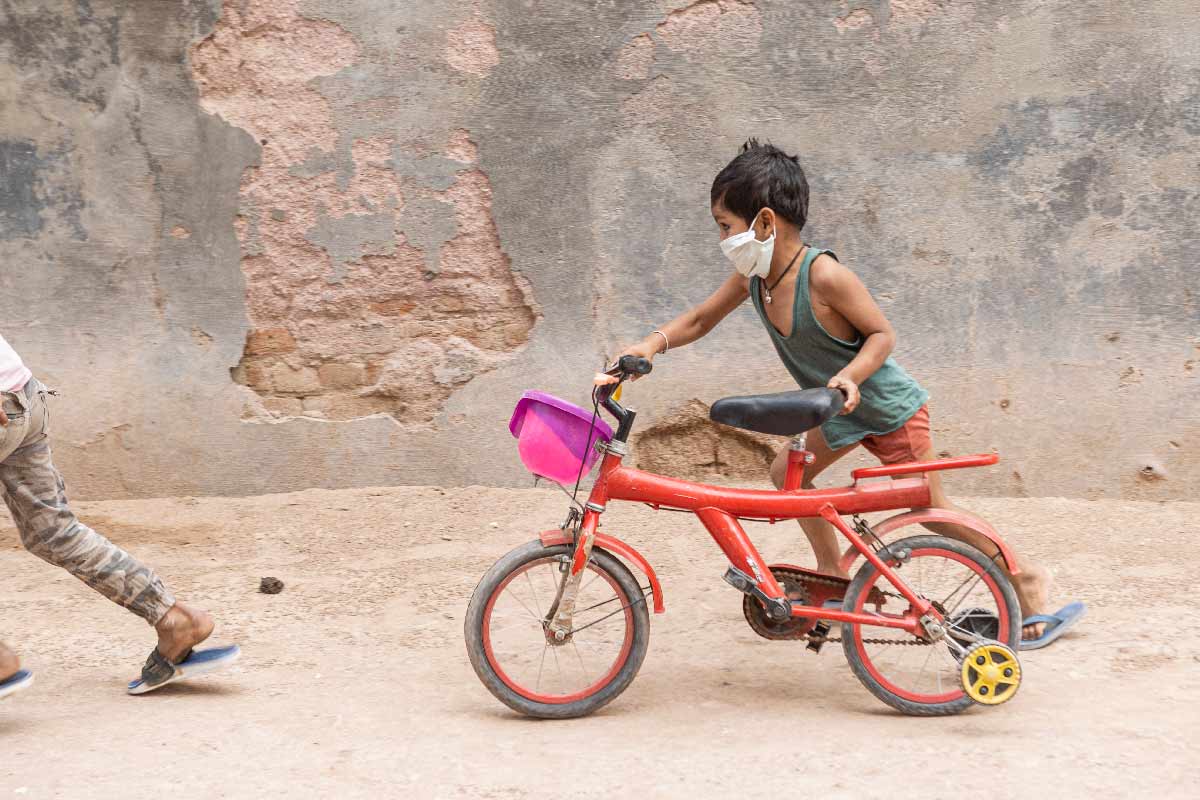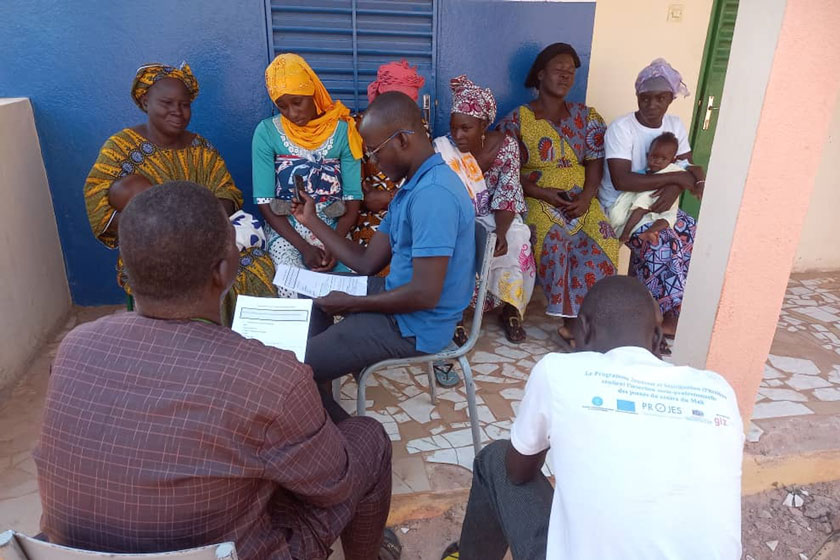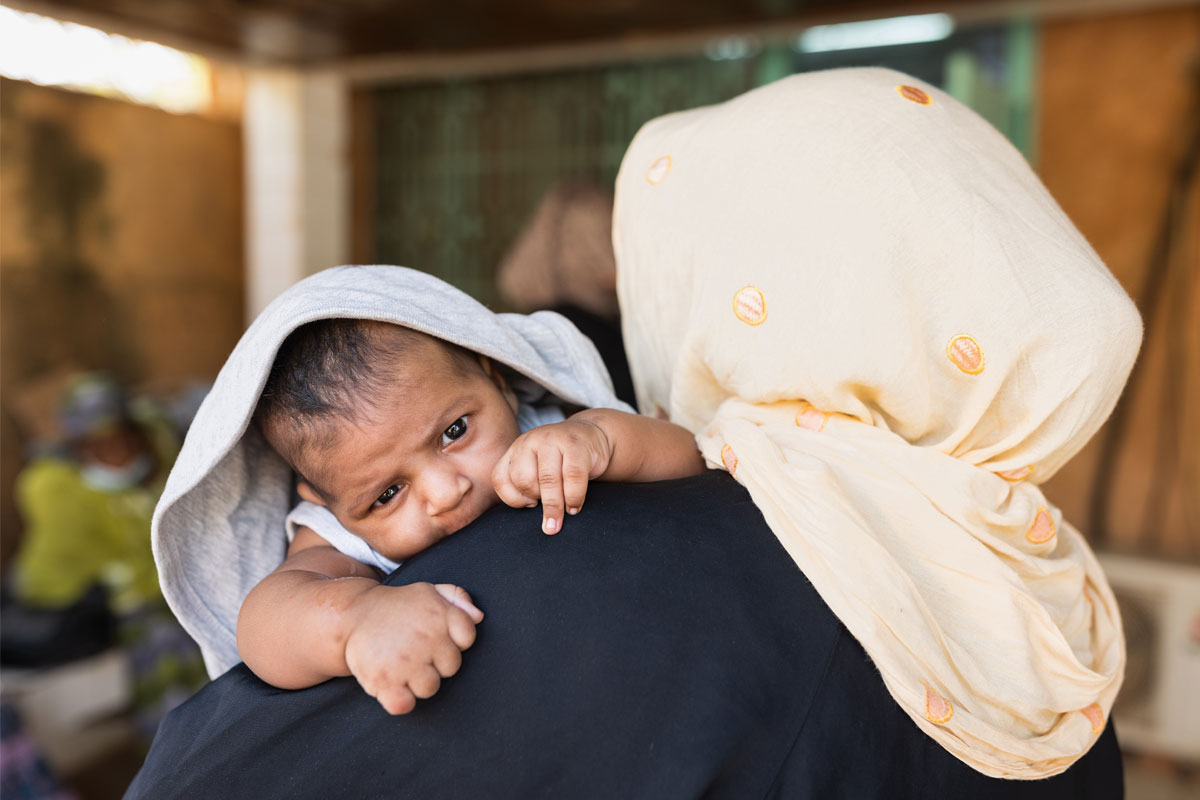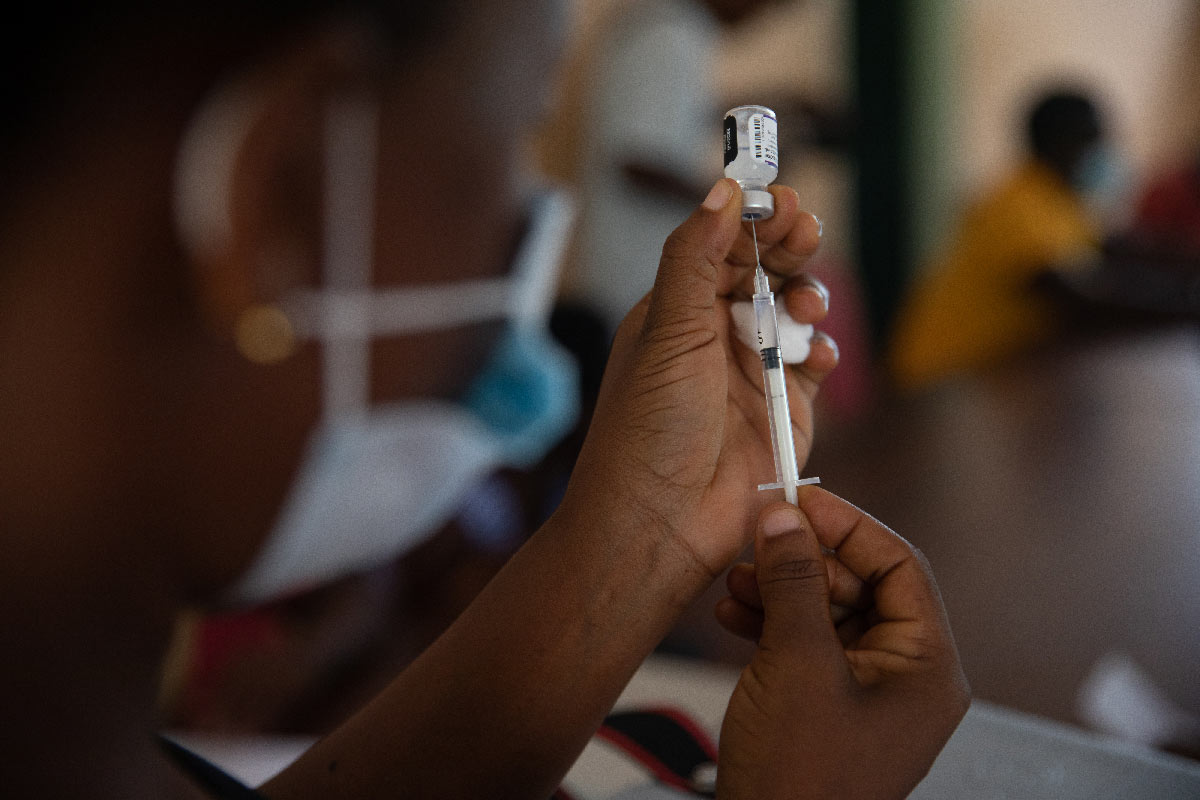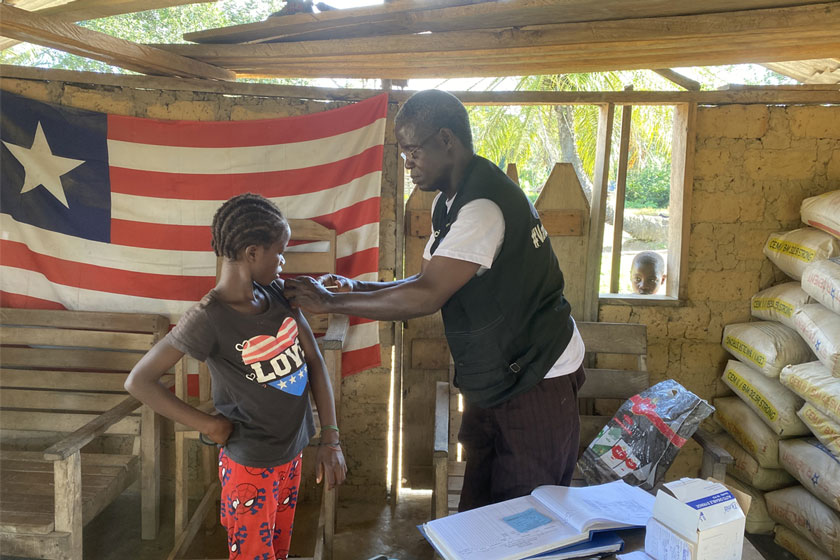What does it cost to reach every child? Why costing zero-dose immunisation interventions matters
A new toolkit has been developed to help estimate the costs for interventions aimed at reaching zero-dose children.
- 24 September 2025
- 4 min read
- by JSI

This is the first post in JSI’s Costing Toolkit blog series. This post explores why reliable costing data is essential for planning interventions that identify and reach zero-dose (ZD) and under-immunised (UI) children. In the next post in this series, we will walk through the ZDLH Costing Toolkit and share a case study. Download the Zero-Dose Learning Hub Costing Toolkit to start exploring step-by-step guidance for estimating the financial and economic costs of ZD interventions.
Understanding the true cost of reaching missed children
Reaching zero-dose (ZD) children – defined as those aged 12–23 months who have not received a first dose of diphtheria-tetanus-pertussis (DTP)-containing vaccine – is a core goal of global immunisation programmes. Yet identifying and vaccinating children who have been consistently missed by routine services requires more than strong immunisation strategies; it requires accurate, reliable costing data.
To address this gap, JSI, the global learning partner for the Gavi-funded Zero-Dose Learning Hub (ZDLH), developed the Operational Guidance: Estimating the Costs of Interventions to Reach Zero-Dose Children. This practical toolkit offers step-by-step guidance and easy-to-use tools for estimating the financial and economic costs of interventions to identify and reach ZD and under-immunised children. It is designed to help country teams generate reliable cost data to strengthen planning, budgeting and advocacy efforts.
Why costing data is often missing
Despite growing commitment to reach every child, many countries lack detailed costing data for zero-dose interventions such as house-to-house registration, targeted outreach, or microplanning. These activities require time, personnel, transport and supplies, but their costs are often not reported in ways that support analysis, comparison, or planning.
A recent scoping review of the immunisation costing literature found that few studies focus on the costs of identifying and reaching zero-dose and under-immunised children. When cost data exists, it is often incomplete or based on unclear methods. Most available costing guidance covers broader immunisation programme elements, like vaccine procurement or cold chain equipment, rather than the operational costs of targeted efforts to reach ZD children. This lack of specific, transparent costing data makes it harder for implementers to design effective ZD interventions, allocate resources efficiently, or advocate for adequate funding.
Understanding the what, why and how much
ZD costing does more than inform budgets. It supports planning, implementation, monitoring and evaluation of scale-up potential. As countries expand or adapt activities to reach ZD children, they need a clearer picture of what those efforts require and what they cost. The ZDLH Costing Toolkit is designed with implementation research in mind. It helps users assess not only how much a ZD intervention costs, but what resources are required, how those inputs are used and how costs vary by setting. This supports implementation research goals of understanding not just what works, but how, why and at what cost. The toolkit uses a structured bottom-up approach known as ingredients costing. This method breaks an intervention into its parts – such as staff time, transport, and supplies – and assigns a cost to each input.
When combined with monitoring and evaluation, knowledge translation and strategic planning, detailed cost data helps vaccination programmes understand what works, why it works and what it takes to implement it in other settings. This is essential for designing interventions that are practical, effective and sustainable.
Have you read?
Start exploring the toolkit
The ZDLH Costing Toolkit is designed for researchers, programme managers, and monitoring and evaluation teams who need practical, actionable data on what it takes to reach zero-dose and under-immunised children. It includes editable Excel-based templates, examples and guidance for every stage of the process – from defining the costing question and designing data collection, to estimating and interpreting results.
The toolkit can be applied either prospectively to inform planning and budgeting, or retrospectively to understand what was required to carry out an intervention and what it cost in practice. By walking through this structured yet flexible process, users can tailor their costing to a range of decisions: comparing strategies, advocating for resources, improving efficiency, or evaluating scale-up potential. Visit the ZDLH website and start exploring the toolkit today.
****
Led by JSI, with partners the International Institute of Health Management Research (IIHMR) and The Geneva Learning Foundation (TGLF), Gavi’s ZDLH is a global learning initiative to generate evidence and engage stakeholders to identify and reach zero-dose and under-immunised children. As the global learning partner, JSI supports Country Learning Hubs in Bangladesh, Mali, Nigeria and Uganda to advance evidence-based strategies aligned with Gavi’s Identify-Reach-Monitor-Measure-Advocate (IRMMA) framework. Key ZDLH achievements include demand-driven technical assistance and the development of tools and resources, all aimed at identifying and reaching zero-dose children and integrating evidence into policy and practice.
More from JSI
Recommended for you

